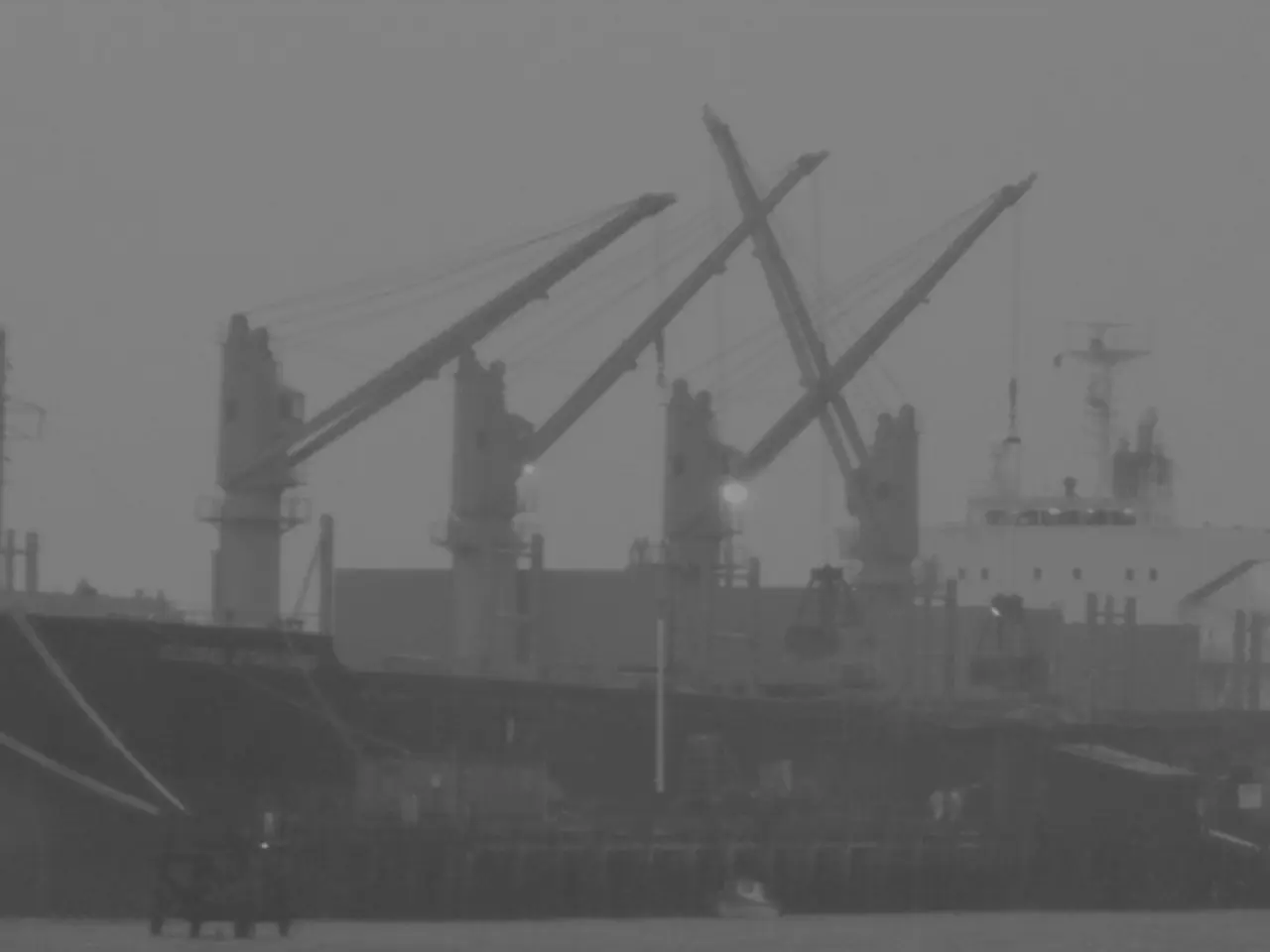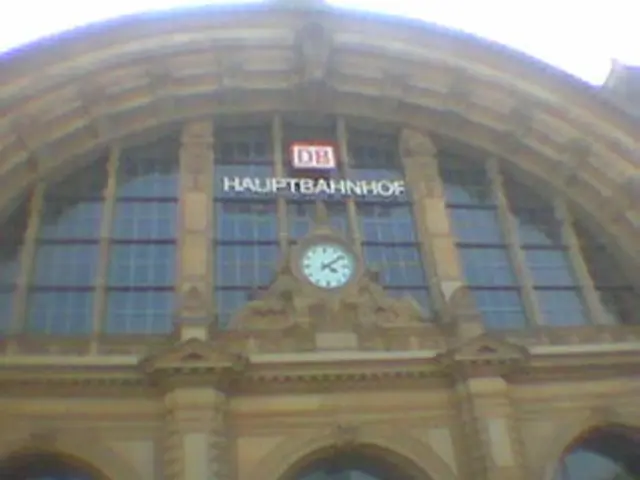Uncovering Submerged Wealth: Discovery of Champagne and Porcelain from a 19th Century Shipwreck in the Baltic Sea
In the crystal-clear waters of the Baltic Sea, a remarkable discovery has been made by Polish divers from the group Baltictech. On July 24, 2024, they stumbled upon a 19th-century shipwreck, a treasure trove of champagne, mineral water, and porcelain, providing a fascinating glimpse into the past.
This extraordinary find offers a unique opportunity to explore the Baltic Sea's exceptional preservation qualities, historical significance, and implications for marine archaeology. The sea's cold waters and lack of oxygen have proven to be a perfect environment for preserving historical artifacts, as demonstrated by the recovery of over 100 bottles of champagne and other perishable goods from another shipwreck in the Baltic Sea.
The discovery of such cargoes offers valuable insights into trade practices and consumer preferences during the 19th century. The presence of champagne and Selters mineral water, a German brand still in existence, highlights the extensive trade networks and luxury goods that were transported across Europe during this period. The porcelain items offer evidence of the cultural and artistic achievements of the time.
The discovery pushes the boundaries of marine archaeology, incorporating advanced technologies to locate, document, and preserve underwater sites. This includes the use of specialized equipment and techniques for handling fragile artifacts like glass bottles and porcelain.
The exceptional preservation of artifacts in the Baltic Sea underscores the importance of maintaining low-oxygen environments for the long-term conservation of historical materials. This knowledge can be applied to other marine archaeological sites to protect their integrity.
Shipwrecks such as these serve as floating museums, providing a snapshot of historical events and cultural practices. They offer a tangible connection to the past, allowing for better understanding and appreciation of historical contexts. The types of goods found on these wrecks shed light on the economic and social dynamics of the era.
Tomasz Stachura, leader of Baltictech, expressed excitement about the discovery, stating it was unprecedented. He suggested that an additional year would allow better preparation for extraction without causing damage. Due to administrative constraints, retrieving the champagne bottles will take time, but the anticipation is palpable.
This discovery marks an invaluable addition to the historical discoveries within the Baltic Sea by Polish divers from Baltictech. The shipwreck was found 23 miles south of the Swedish island of Öland, adding another layer of intrigue to the rich history of the region. As archaeologists and diving enthusiasts flock to the Baltic Sea to uncover its secrets, this shipwreck is set to attract even more attention, further cementing its significance in marine archaeology.
[1] - Source for the preservation of champagne bottles in the Baltic Sea: https://www.thelocal.de/20150824/19th-century-shipwreck-with-champagne-found-in-baltic-sea [2] - Source for the presence of Selters mineral water: https://www.thelocal.de/20240729/baltic-sea-shipwreck-reveals-19th-century-trade-routes [3] - Source for the cultural and artistic significance of the porcelain: https://www.thelocal.de/20240805/baltic-sea-shipwreck-offers-insights-into-19th-century-culture [4] - Source for the use of advanced technologies in marine archaeology: https://www.thelocal.de/20240810/baltic-sea-shipwreck-excavation-uses-cutting-edge-technology
- This remarkable discovery in the Baltic Sea, consisting of champagne, Selters mineral water, porcelain, and other valuable items, offers a captivating insight into the fashion-and-beauty preferences, food-and-drink choices, and home-and-garden aesthetics of the 19th century.
- The extensive trade networks revealed by this underwater treasure trove also suggest the adventurous travel experiences that transpired during that period, with vessels journeying across Europe's waterways to exchange luxury goods and cultural artifacts.




